Hello everyone, Pratima here! And one thing we all know is that Samsung’s flagship S-series lineups have been a tremendous success – the S23 Ultra, last year’s S24 Ultra and the newly launched S25 Ultra – all were and are awesome flagship phones!
Similarly, their A series phones are also very popular among consumers with the brand launching A26, A36, and A56 recently. The latter is their most expensive A-series phone yet, and for the last few days, I have been daily driving the A56 to bring you the full review! But before I get to that, let’s take a quick peek at its specs!
Samsung Galaxy A56 5G Specifications:
- Display: 6.7-inch Super AMOLED Infinity-O Display, 120Hz refresh rate, Gorilla Glass Victus+
- Resolution: Full HD+ (1080×2400 pixels)
- Processor: Exynos 1580 (4nm)
- Software & UI: One UI 7.1 based on Android 15
- Rear Camera: Triple
– 50MP main, OIS
– 12MP ultrawide
– 5MP macro - Front Camera: 12MP (hole-punch cutout)
- Connectivity: Wi-Fi 6, Bluetooth 5.3, NFC, 5G, GPS, VoLTE
- Battery: 5000mAh with 45W charging
- Color Options: Olive, Graphite, Light Gray
- Price in Nepal: Rs. 65,999 (8/256GB), Rs. 70,999 (12/256GB)
- Check out the full specs of the Samsung Galaxy A56 here.
Samsung Galaxy A56 Review
A Solid Build
- 158.2 x 76.7 x 8.2 mm, 202 grams
- Glass front/back, Plastic frames
- IP67 dust/splash resistant
Let’s start this review with the positives first and here the design is top-class. There’s an aluminum frame, Gorilla Glass Victus+ protection on both the front and the back, you get a more likable camera module, and the overall design aesthetics just feels like you are carrying an expensive phone. I also like this OLIVE color variant that I have with me. The fingerprints & smudges are less visible here!

It’s thinner and much lighter than last year’s A55 too, hence it feels really good in the hands. Although these edges could have been less sharp for a more comfortable grip. Samsung also hasn’t missed out on the official IP67 dust and water resistance, which is almost as good as the IP68 rating we get with the S25!
Top-notch display
- 6.7-inches FHD+ OLED panel
- 120/240Hz refresh/touch sampling rate
- Corning Gorilla Glass Victus+ protection
However, I think Samsung could have done better with the bezels on the front. It’s quite thick especially if I keep it side by side with the S25 Ultra.

I also think Samsung should now be going with a faster fingerprint sensor. This one just isn’t very fast! Other than that, the display here is really good.
The color reproduction, white balance, and warmth are so good, it will offer you a great multimedia experience – Be it while watching Instagram reels, YouTube videos, or Netflix. BTW, you do get HDR 10 play back support in both Netflix and Amazon Prime! The brightness is also reasonably good. It can reach 1200 nits in HBM, which isn’t a record-breaking number, but the sunlight legibility is decent and it can get super dim too.
Performance
- Octa-core Exynos 1580 (4nm)
- 8/12GB LPDDR5 RAM, 256GB UFS 3.1 storage
The one area where I am surprised with the Galaxy A56 is the performance. It uses the in-house Exynos 1580 chipset, about which I initially thought Why Exynos again? Because the Exynos chipset in the past always used to perform slowly and used to overheat a lot!

But this year’s Exynos 1580 is on the right trajectory. It’s a good improvement over last year’s Exynos 1480 and is also slightly better than the Snapdragon 7 Gen 3 and 7s Gen 3. Plus, I have never noticed it getting warm, it stayed cool while I was gaming for more than 30 minutes or performing wildlife stress tests.
The OneUI smoothness
- OneUI 7.1 based on Android 15
- 6 years of OS and 7 years of security updates
And with the new One UI 7, everything feels respectably smooth. Indeed, it feels smoother than the VIVO V50 and even the Nothing Phone 3(a) Pro. The 120Hz is quite optimized and the whole UI feels refreshing – the multitasking tray, the notification panel, the charging animation, everything.

However, one thing you ought to know is we don’t have all the One UI 7 features here as compared to the S25 Ultra. For eg, the Now Bar I loved so much on my S25 Ultra has very limited functionality, I can’t trigger Gemini by long pressing the power button, it opens Bixby and I have to swipe from here to access Gemini, the AI features are also quite low, and it doesn’t work as well too. Plus, there is no AI summary, AI translation and even grammar check here.
Definitely not meant for gaming!

Another aspect that is a potential deal breaker for some users is the Gaming performance. Here, PUBG mobile only runs at 30 fps, yes, just 30 fps, but with future updates, it should get support up to 60 fps, but still not as good as other phones at a similar price bracket.
Some good things about the Exynos
How’s the Battery Life?
- 5000mAh battery with 45W fast charging
The battery life situation is also a solid B+, but I wish Samsung had opted for a Si-Ca battery here and included a 6000mAh unit instead of a 5000mAh unit.

Chinese companies are ahead in this aspect since they are using 6000-6500mAh cells on their mid-range phones, and there are even rumors that Honor is going to launch a phone with a 7800mAh battery in the Honor 400 series!
What’s nice is we get 45W charging support here, up from 25W, and with this, it refills much faster, if you have the compatible PD adapter and 5A cable. (0 to 60% in 30 mins, 100% in 1 hour 5 mins)
Cameras
- Triple camera setup at the back
- (50MP main, 12MP ultrawide, 5MP macro)
- 16MP selfie camera
Ok, let me now talk about things where Samsung could have done better, and the camera is one aspect where I do think Galaxy A56 should be doing much better considering the price. Sadly, we do get the same hardware as last year, with the only change being the 12MP Selfie camera, which now gets a bigger sensor.
Hence, I found the camera performance to be just “B+” or “A-”. First of all, I think Samsung should have included a 3X telephoto lens here. Maybe they could have borrowed that from the S24 FE – that 10MP 3X lens, which would have resulted in much better portraits.
Daylight
Right now, its 50MP camera crops the photos digitally to 2X for portraits and if I zoom in on these photos, it’s not very sharp! Although the skin tone and bokeh look fine.
Regular daytime Photos are also nice most of the time. It has vibrant colors and accurate white balance, but I have been in situations where I think photos from this phone could have been brighter. Just look at this photo I shot with the A56 and VIVO V50. Vivo’s output is brighter.
Ultrawide
The Ultra-wide camera is also nothing exciting either. You do get a wider field of view, but in challenging situations, there are shadow-crushing and sub-par dynamic range issues!
Lowlight
And when I am clicking photos during the nighttime, there is this issue with the Night Mode. Both the main and ultra-wide camera’s photos in night mode have desaturated and bizarre output! Hopefully, this will be solved with an update.
Selfies & Videos
Likewise, there is no 4K 60fps recording option from all the lenses. However, I must admit that the 4K 30fps footages come out decent, with good enough stabilization, skin tone, and colors. Selfies are also pretty nice! I found it to process skin tone better than what we got on the A55.
Samsung Galaxy A56 Review: Conclusion
So, overall, given everything, if I have to rate Galaxy A56 out of 10, it would be an 8 out of 10 for Nepalese consumers. Samsung is a veteran in the smartphone industry and they know people are still going to pay that premium for a Samsung phone even if it’s not the most bang for buck on paper specs.

Plus, Samsung is one of the few brands that’s got the technical ability to provide 6 years of updates even on their mid-range phone, they have the most retail outlets/service centers, and they have the easiest no-cost EMI available wherever you are from – all thanks to the Knox security.
So, it’s a much SAFER & easier option to get for most users, as compared to the Nothing Phone 3(a) Pro, Honor 200 Pro, OnePlus 13R, or any other Chinese phones out there – which might offer better value! That’s the harsh reality!
Samsung Galaxy A56 Review: Pros & Cons
Pros
- Premium Build
- Gorgeous 120Hz AMOLED panel
- Reliable main camera
- Fluid software
Cons
- Exynos 1580 is not for gaming
- Ultarwide camera needs to be optimized
- No telephoto lens at this price point



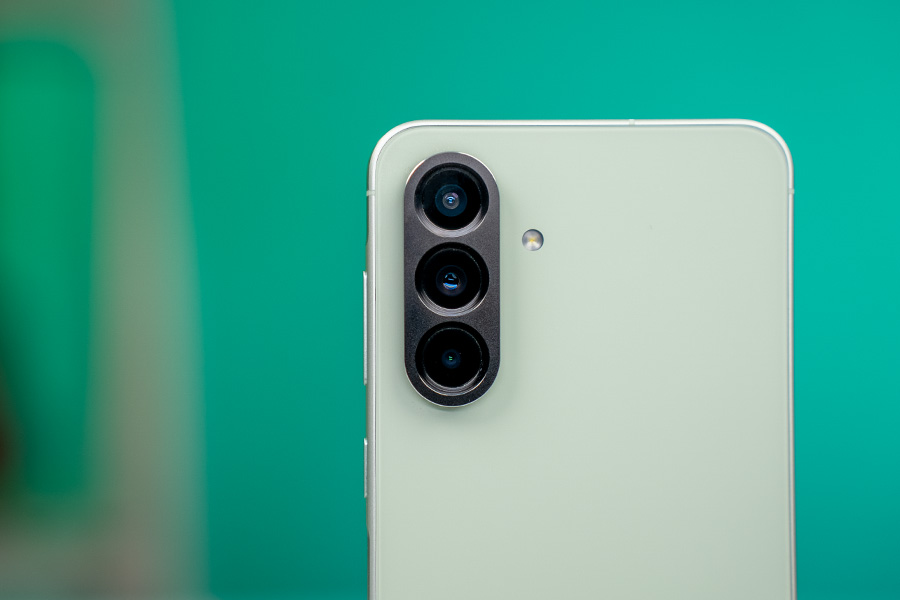
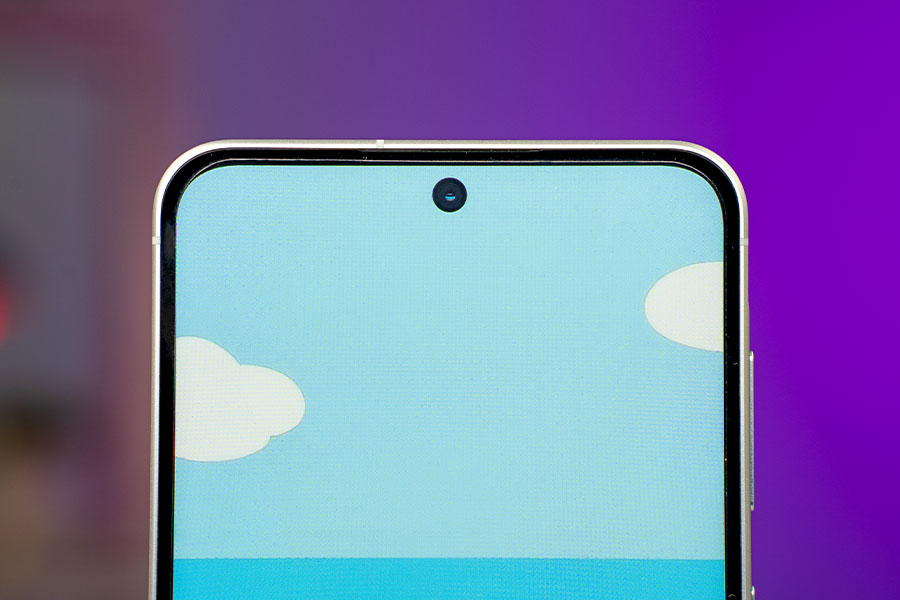























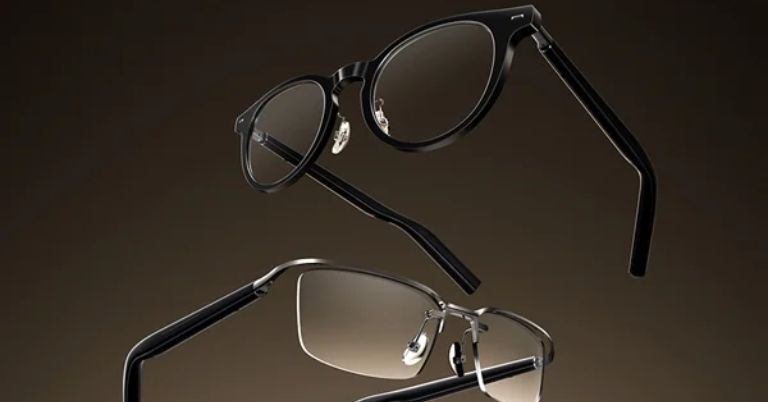















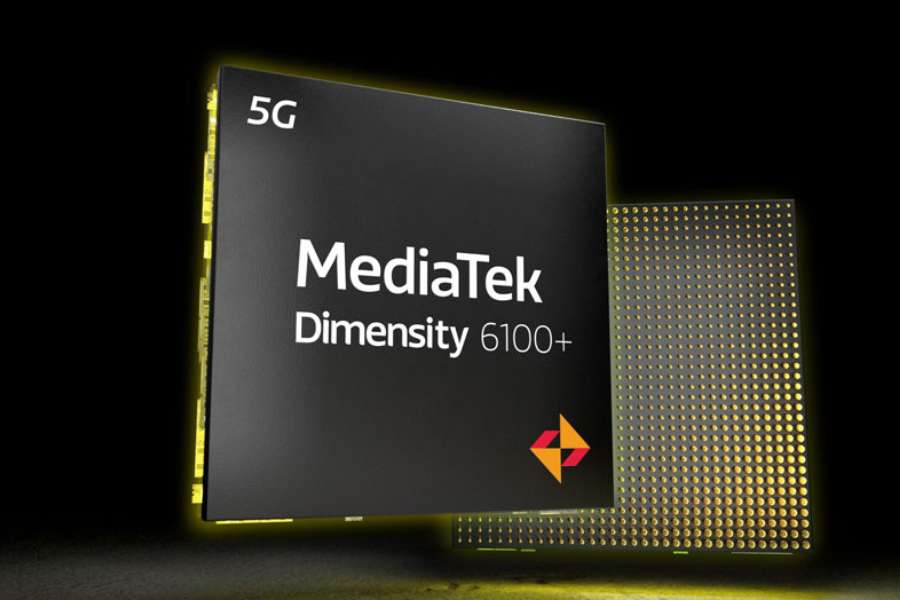


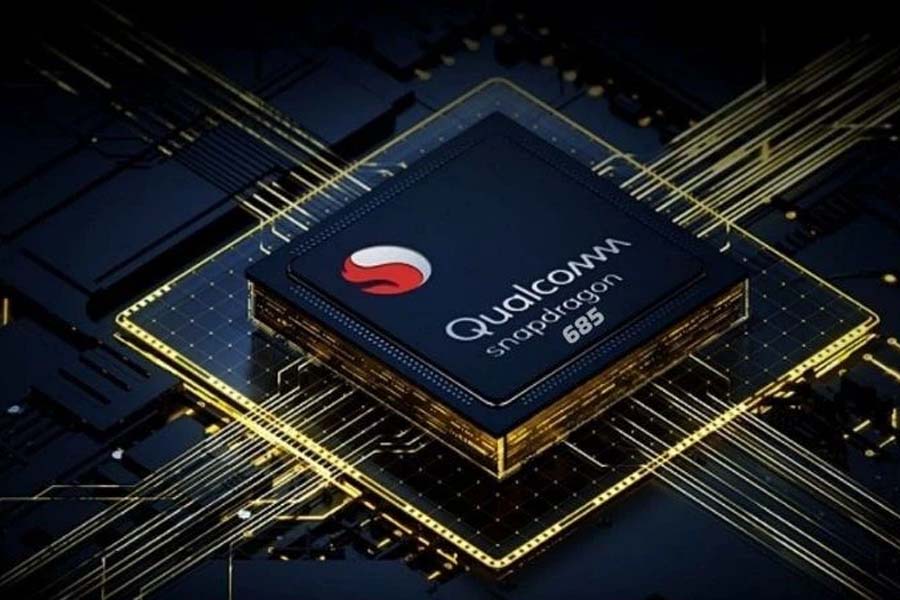

![OPPO Mobile Price in Nepal [Updated 2025] OPPO Mobile Price in Nepal [Updated 2025]](https://cdn.gadgetbytenepal.com/wp-content/uploads/2024/05/OPPO-Mobile-Price-in-Nepal-2024.jpg)
 The Oppo Reno 12 5G is the most expensive Oppo phone you can find in Nepal. This beast is powered by Mediatek Dimensity 7300 paired with 12GB of RAM and 512GB of storage. It features a stylish design with glass on both the front and back, supported by a plastic frame, and comes in three colors. The device is also IP65-rated for dust and water protection. It has a 6.7-inch AMOLED display with a 120Hz refresh rate, HDR10+ support, and a peak brightness of 1200 nits. The display is protected by Corning Glass 7i and includes an in-screen fingerprint scanner.
The Oppo Reno 12 5G is the most expensive Oppo phone you can find in Nepal. This beast is powered by Mediatek Dimensity 7300 paired with 12GB of RAM and 512GB of storage. It features a stylish design with glass on both the front and back, supported by a plastic frame, and comes in three colors. The device is also IP65-rated for dust and water protection. It has a 6.7-inch AMOLED display with a 120Hz refresh rate, HDR10+ support, and a peak brightness of 1200 nits. The display is protected by Corning Glass 7i and includes an in-screen fingerprint scanner.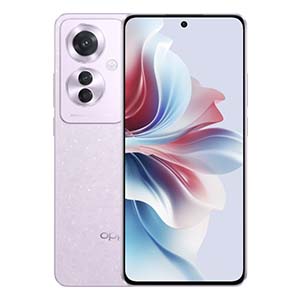



 Oppo A3 is the latest budget offering from the Chinese company. Despite sharing the same name with the Chinese variant, it however features completely different specs. The Oppo A3 comes with the “latest” Snapdragon 6s 4G Gen 1 and is paired with up to 8GB of RAM and 256GB of storage. It features a 6.6-inch IPS LCD with a brightness of up to 1000 nits. Moreover, the display is protected by a ‘Panda’ Glass which reportedly is capable of surviving in the harshest conditions.
Oppo A3 is the latest budget offering from the Chinese company. Despite sharing the same name with the Chinese variant, it however features completely different specs. The Oppo A3 comes with the “latest” Snapdragon 6s 4G Gen 1 and is paired with up to 8GB of RAM and 256GB of storage. It features a 6.6-inch IPS LCD with a brightness of up to 1000 nits. Moreover, the display is protected by a ‘Panda’ Glass which reportedly is capable of surviving in the harshest conditions.
 The Oppo A3X is a fresh new addition to the budget lineup. It brings in the same Military-grade durability as the Oppo A3 and the Snapdragon 6s 4G Gen 1 SoC under the hood. So, it is safe to expect a similar performance here. As for the memory variants, you get two options: 4/64GB and 4/128 GB. In terms of optics, there is an 8MP main camera and a 5MP front camera. Meanwhile, fueling the Oppo A3x is a 5100mAh battery with 45W fast charging support.
The Oppo A3X is a fresh new addition to the budget lineup. It brings in the same Military-grade durability as the Oppo A3 and the Snapdragon 6s 4G Gen 1 SoC under the hood. So, it is safe to expect a similar performance here. As for the memory variants, you get two options: 4/64GB and 4/128 GB. In terms of optics, there is an 8MP main camera and a 5MP front camera. Meanwhile, fueling the Oppo A3x is a 5100mAh battery with 45W fast charging support.
